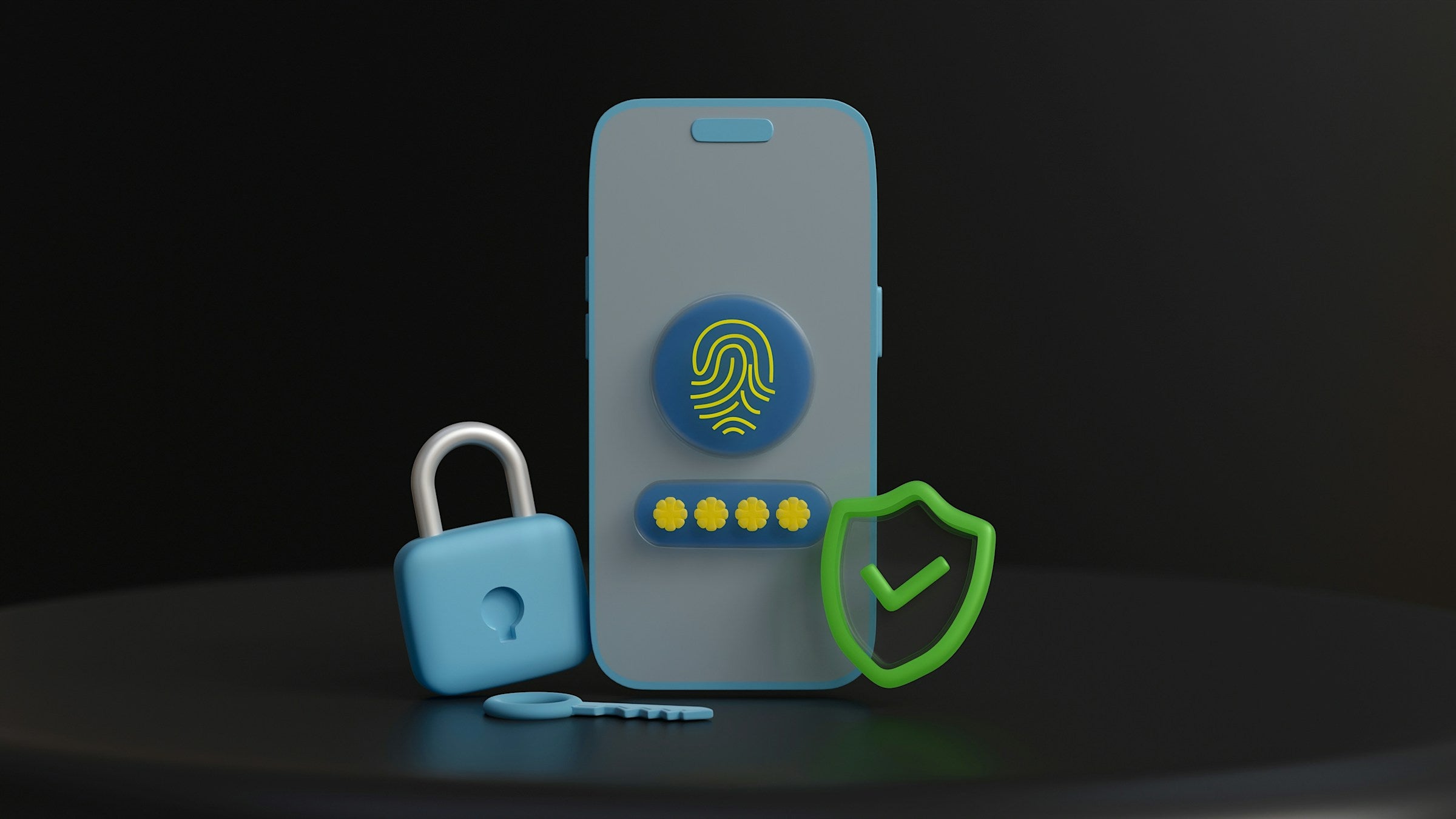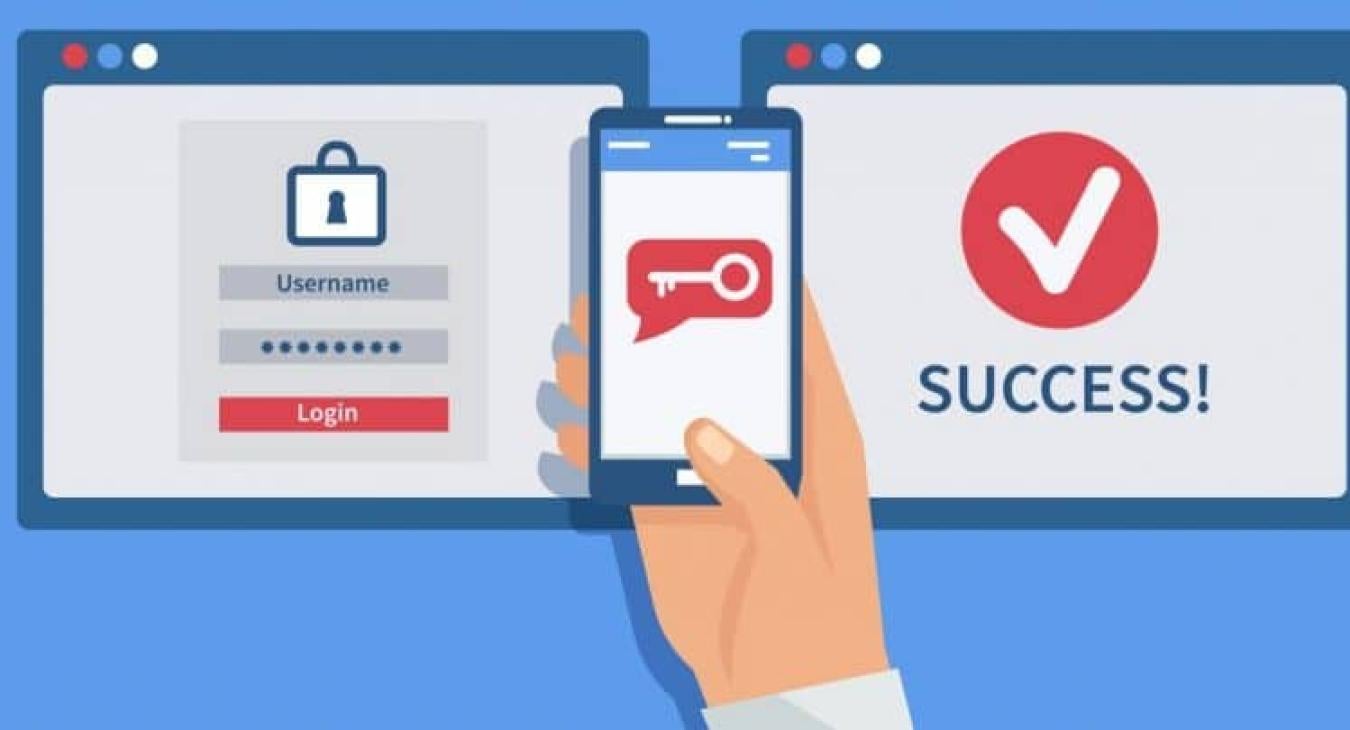Boost Your Website Security with Multi-Factor Authentication (MFA)
What is Multi-Factor Authentication?
Imagine a traditional login system – username and password. It's like a single lock on your door. While it offers some protection, a determined intruder with the right tools could break in. MFA adds an extra layer of security, like a high-tech security system for your website. It requires users to verify their identity beyond just a password.
Why is MFA Crucial for My Website Security?
Even the strongest passwords can be compromised through phishing attacks, malware, or data breaches. With MFA in place, even if someone steals your password, they won't be able to access your website without the additional verification factor.
Here's how MFA protects your website:
- Blocks Unauthorized Access: Hackers often target stolen passwords. MFA throws a wrench in their plans, making it much harder to gain access.
- Protects Sensitive Data: Websites dealing with financial information or personal data require extra security. MFA adds an essential layer of protection.
- Improves Compliance: Many industries have regulations requiring strong authentication. MFA helps meet compliance standards.
- Boosts User Confidence: Knowing your website is secured with MFA builds user trust and encourages them to interact with your platform.
Considering Multi-Factor Authentication for Your Website?
Multi-Factor Authentication (MFA) adds an extra layer of security to your website login process, making it harder for unauthorized access. Here's how to explore your options:
- Check with Your Website Provider:
- Different Content Management Systems (CMS) like Drupal, Joomla, or WordPress may offer built-in MFA options. Your website provider can advise you on the available solutions.
- Explore Hosting/Security Provider Options:
- Some hosting or security providers offer additional MFA solutions that work at a platform level, above your website itself. Inquire with your provider to see if they have such options.
- Third-Party MFA Services:
- If your website platform or provider doesn't offer MFA, consider third-party services like MiniOrange. These services can integrate with your website for robust MFA functionality.
Remember: Implementing MFA is a wise security measure. By exploring these options, you can find the solution that best suits your website's needs and platform.
MFA Methods SHiNE & Co-op Web Builder Supports:
- Authenticator Apps (Google Authenticator, Microsoft Authenticator, Okta Verify, Duo Authenticator, Authy Authenticator, LastPass Authenticator)
- OTP Verification
- Email Verification
- Hardware Keys
How Do I Activate MFA for My Co-op Web Builder or SHiNE Website?
All SHiNE & Co-op Web Builder websites have access to MFA completely free! Here's a quick guide to get you started:
- Team Education:
MFA adds an extra layer of security, but it's important your team understands its importance and how to use it properly. Take some time to explain the benefits and walkthrough the login process with them. - Who Needs MFA?
Decide whether you want to enforce MFA for all users with website access, or just for administrators. This depends on the sensitivity of the information stored on your website. - Enabling MFA:
To activate and enforce MFA on your website, simply reach out to the SHiNE team using the contact form. We'll be happy to handle the technical setup for you. - User Configuration:
Once MFA is enabled, users will be prompted to configure it on their next login attempt. The process is straightforward, and the SHiNE team can provide additional guidance if needed.
Remember: MFA might seem like an extra step, but it's a small price to pay for a significant security boost. By implementing MFA, you're taking a proactive approach to protecting your website and safeguarding your valuable online assets.
Read more articles
- Log in to post comments




